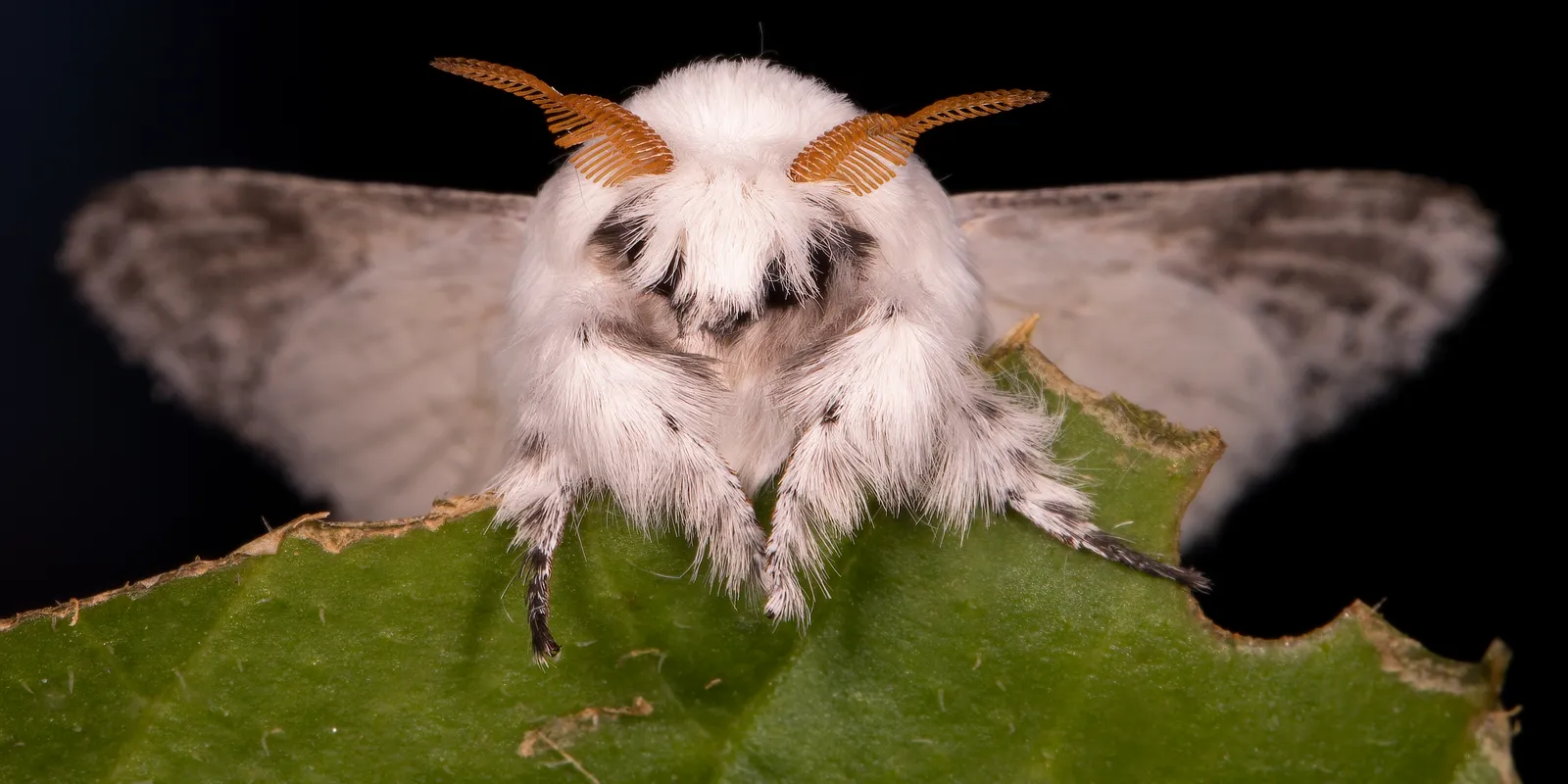Under the cloak of night, intricate insect flight paths were captured using cutting-edge high-resolution and infrared technology, revealing astonishing revelations.
From ancient texts like the Bhagavad Gita to timeless plays like the Merchant of Venice, storytellers have long warned of the perilous fate awaiting those drawn to light like moths to a flame.
Despite centuries of fascination, the mystery of why insects flock to lights at night has remained elusive to science. Prevailing theories suggest that moths, guided by the moon, mistake artificial lights for celestial beacons, or that they seek refuge from predators in the glow.
Now, researchers propose a compelling new explanation: rather than being attracted to light, insects inadvertently become ensnared by it. This phenomenon is the unintended consequence of an evolutionary adaptation gone awry in the modern world.
Dr. Sam Fabian, an entomologist at Imperial College London, explains that nocturnal insects evolved to orient themselves by tilting towards the brightest source, which historically was the moon. However, the advent of artificial lighting disrupted this delicate balance. Moths, accustomed to tilting towards celestial bodies, now find themselves circling street lamps endlessly, ensnared by their instinctual response to light.
Using advanced technology, Fabian and his team observed insect flight patterns around artificial lights. Their high-resolution infrared motion capture and high-speed video recordings in Costa Rica revealed a consistent pattern: moths and dragonflies tilting towards lights, disrupting their flight paths and even causing crashes.
“The moth is confused about which way is up,” Fabian remarks. These findings shed new light on the age-old mystery of insects and lights, unveiling the unintended consequences of evolution in the face of modern technology.
The research, recently published in Nature Communications, suggests that artificial lighting may not attract flying insects out of darkness but instead ensnares those passing by. “It’s almost like having a net,” remarks Fabian.
Scientists have long warned about the detrimental effects of light pollution on insect populations. Insects trapped around lights become easy targets for predators like bats, while the illumination can disrupt their natural behavior, tricking them into mistaking night for day and disrupting their feeding patterns.
“The impact on their flight is just one aspect of how artificial light can disrupt the lives of nocturnal insects,” adds Fabian.
He believes there are valuable lessons to be gleaned from the research. “The direction of artificial light matters. If lights are necessary at night, they should be shielded to minimize light spillage sideways and especially upwards into the atmosphere,” he suggests.
Professor Gareth Jones from the University of Bristol finds the findings “fascinating.” He notes, “It’s remarkable how an innate behavior, designed to maintain a steady flight path by positioning the insect’s back towards light sources, becomes counterproductive near strong sources like lamps. The abundance of insects congregating around street lights suggests they’re trapped there by orbiting the lamps.”
Jones suggests mitigating attraction to and confinement at lamps is crucial for reducing impacts on insects. This could involve using lights that emit fewer short wavelengths, such as blue and UV, or even utilizing metameric light that appears white to humans but is less attractive to insects.
